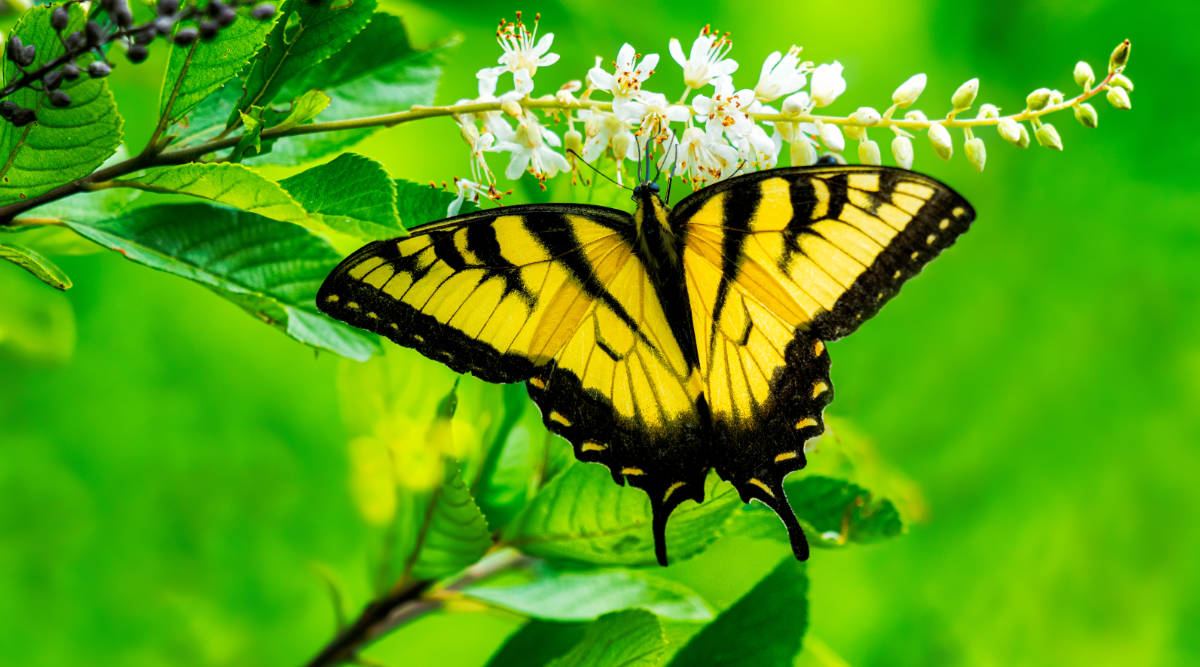Gardeners nationwide are being encouraged to do their bit for butterflies by the charity Butterfly Conservation – and knowing how to plant a butterfly garden that attracts butterflies to your green space will fill your garden with these beautiful insects.
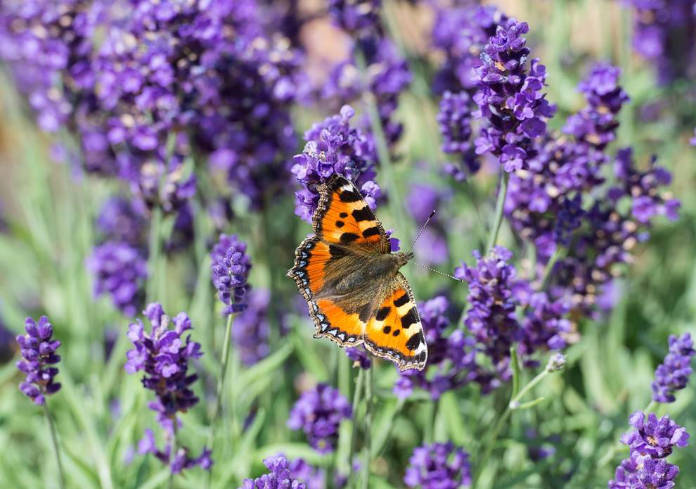
Why create a butterfly garden
Planting the right material to help butterflies on their way is vital, says the charity. The insects love nectar-rich plants like buddleia and lavender – but they must also have the right types of breeding grounds.
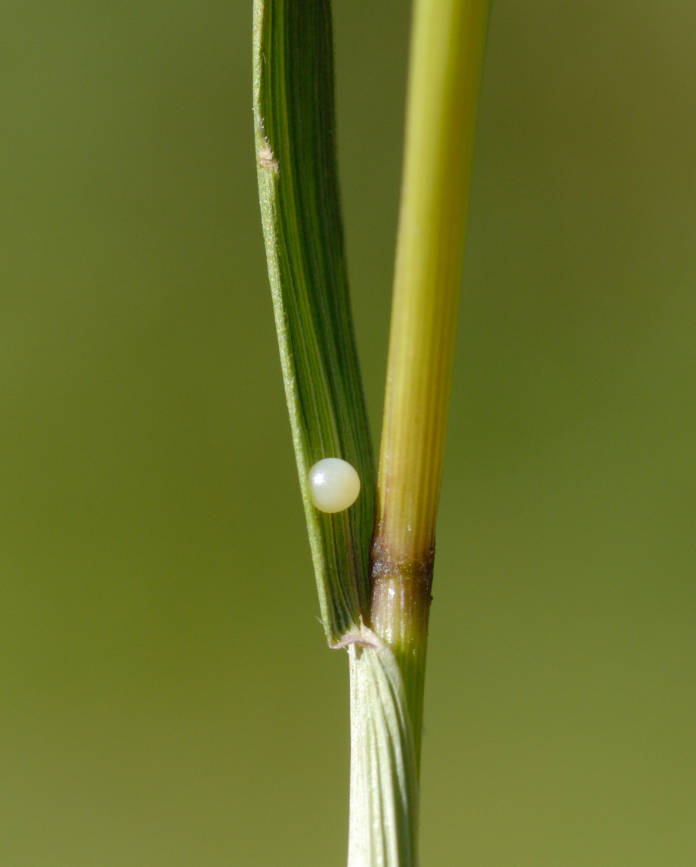
The charity’s garden expert Natalie Ngo explains: “Creating a haven for butterflies isn’t all about nectar. A lot of them use grasses, including skippers, marbled whites, meadow brown and gatekeeper.”
Most butterflies lay their eggs on plants which will be eaten by the caterpillars when they hatch. The eggs are generally laid on the underside of leaves and each caterpillar type likes only certain kinds of leaves.
Recommended: How to grow herbs and create your own herb garden.
How to plant a butterfly garden
Create an area of long grass and wildflowers
Let an area of grass grow long and meadow brown butterflies should breed in it. But it’s not generally lawn grass or ornamental grasses which are used.
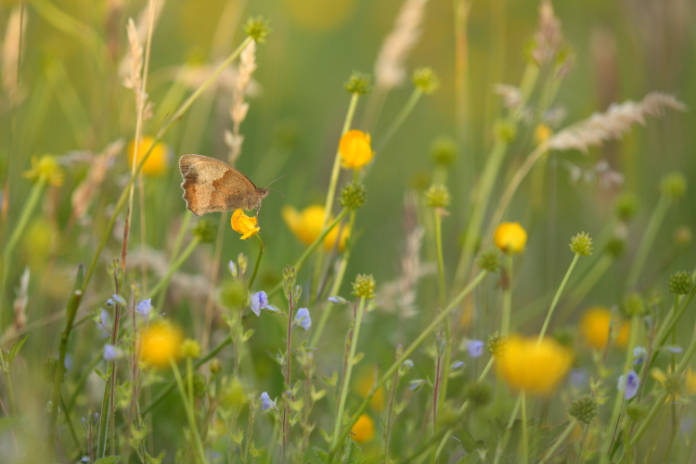
Among the best are some of the bents (agrostis), cocksfoot, false brome, fescues and meadow grasses. They are wild grasses, not ornamental.
“Lawns are slightly different grasses. Rye grass isn’t quite right for butterflies,” Ngo explains. “Buy a packet of wild grass seed and find a patch.”
If you have room, sow wildflower seeds. The flowers and grasses provide nectar for butterflies and moths, along with food and shelter for their caterpillars. Even a tiny meadow area in a rural garden or a tub of colourful wildflowers in the city could provide a wonderful refuge for pollinators.
“I had wildflower seeds in a pot which lasted for years. I’ve also got grasses in a pot and I found a caterpillar on the grass. They will find it.”
Recommended: 10 most common garden birds in the UK – how many can you identify?
Use colourful plants and flowers
Silver-studded blue will lay their eggs in heather, while honeysuckle provides an ideal spot for white admiral, and violets attract fritillaries to their leaves. Some caterpillars will feast on nasturtiums, which can act as a deterrent to them eating your cabbages.
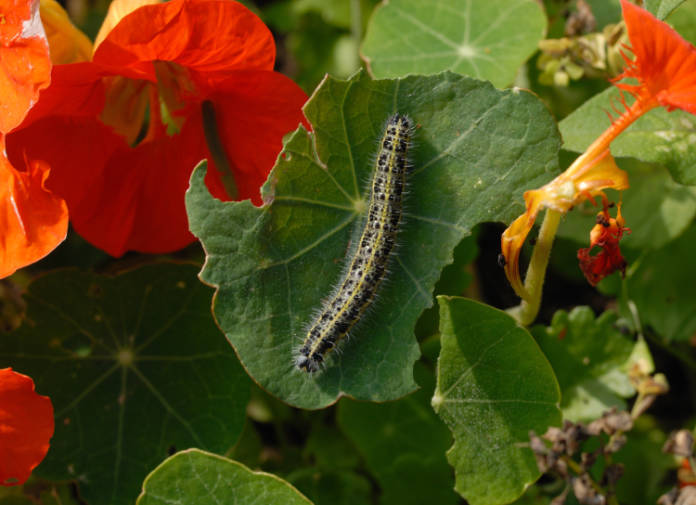
If you want your planting to remain relatively neat, plant buckthorn within your hedging to attract brimstones, and holly as a hedge, which attracts holly blue butterflies.
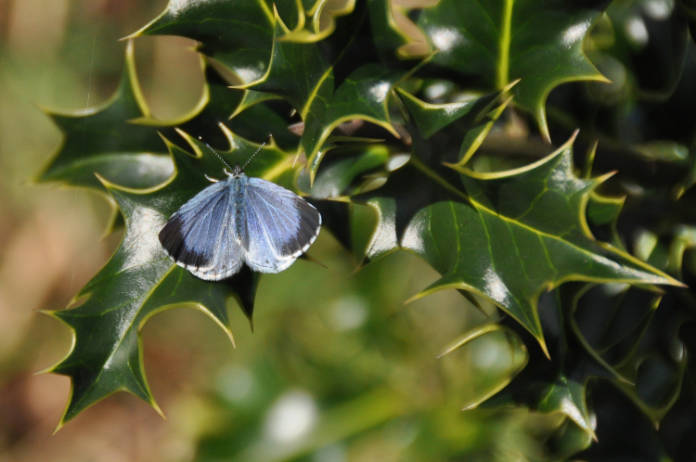
Allow nettles to grow to attract butterflies
Many common garden butterflies, such as the red admiral, comma and small tortoiseshell, lay eggs on stinging nettles.
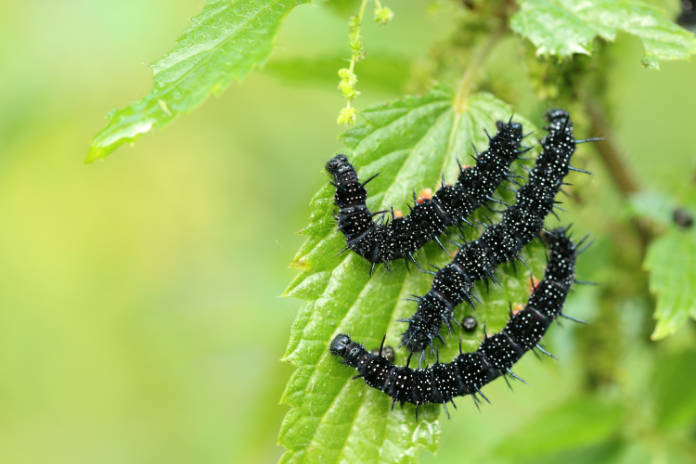
The colourful nymphalid butterflies will lay their eggs on the nettle leaves, which will provide food for the caterpillars. Look out for eggs laid singly by the red admiral and comma or in batches by the small tortoiseshell and peacock. The eggs of all four butterflies will hatch in one to three weeks, depending on temperature.
How to create a butterfly garden
Celebrity gardener Alan Titchmarsh led the call for gardeners to set aside metre for wildlife this summer, by providing a refuge for struggling butterflies, moths and other pollinators.
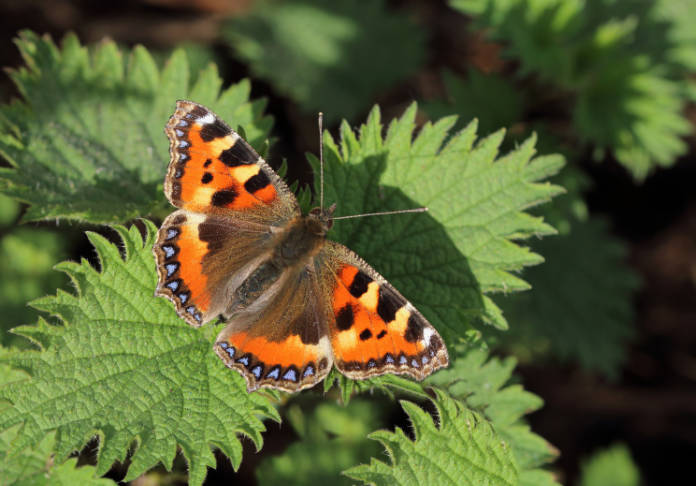
Titchmarsh, the Butterfly Conservation’s vice president, says: “The future of our butterflies, moths and other pollinating insects is under threat, as the places where they live are disappearing. The cold start to spring may affect how some butterflies fare this year, as they could experience a delayed emergence, meaning they’ll have less time to feed and breed – but you can help by creating some ‘plots for pollinators’.
“There are so many different flowers that are great nectar sources, like catmint, cosmos or calendula,” he adds. “See if you can find just one square metre and you could attract lots of butterflies this spring and summer, like my favourite – the red admiral.
“It doesn’t have to be on the lawn either – you could create a vertical garden on a bit of unused wall or fence and this would make a huge difference for pollinators.”
Alan Titchmarsh’s tips for how to plant a butterfly garden
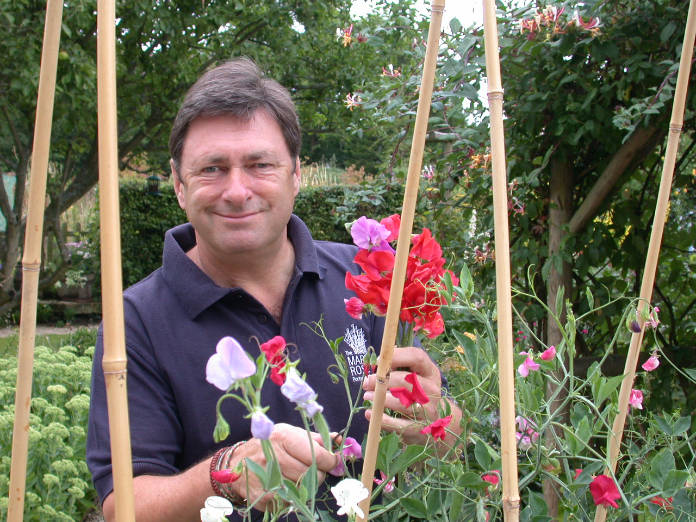
Here, Titchmarsh offers some top tips on how to plant a butterfly garden and creating plots for pollinators…
Recommended: Alan Titchmarsh: ‘Keep getting out there and keep getting mucky’.
1. Select your space
Measure out one square-metre of outdoor space and fill it with open-flowered, nectar-rich plants. Choose a sunny, sheltered position and group pots together on a patio, grow plants up a fence or wall, or commit an area of a flowerbed.
2. Keep watering
Water your plot regularly – ideally from a water butt, as this is more environmentally friendly. Frequent watering prevents plants from drying out during a spell of hot weather, especially when in containers, and helps flowers to produce more nectar. Remember to water the soil not the plant, as larger leaves can act as an umbrella which prevents water getting to the roots. Remove the rose from your watering can to get nearer the plant base if necessary.
3. Lay a mulch
Put a layer of mulch on the surface of the soil around the plants, to help prevent water evaporation and suppress weed growth.
Recommended: How to get get rid of 3 common garden weeds.
4. Use peat-free compost
Always choose peat-free compost and cut down on your use of plastic. Use recyclable and recycled containers or be creative and turn tins and tubs into plant pots. Remember to drill drainage holes in the bottom to prevent waterlogging.
5. Dead-head blooms
Dead-heading after flowering keeps plants looking attractive and encourages more blooms.
6. Get neighbours involved
Inspire your neighbours to plant a plot for pollinators to create a flowery ‘super highway’ for the pollinating insects where you live.
7. Avoid chemicals
Avoid using harmful pesticides, by removing slugs and snails by hand instead. Night is the best time to catch these marauding molluscs in action. Once caught, release them at a safe distance from your plot.
The Plots for Pollinators project runs throughout spring and summer.
Help butterflies thrive with a seasonal to-do list























































